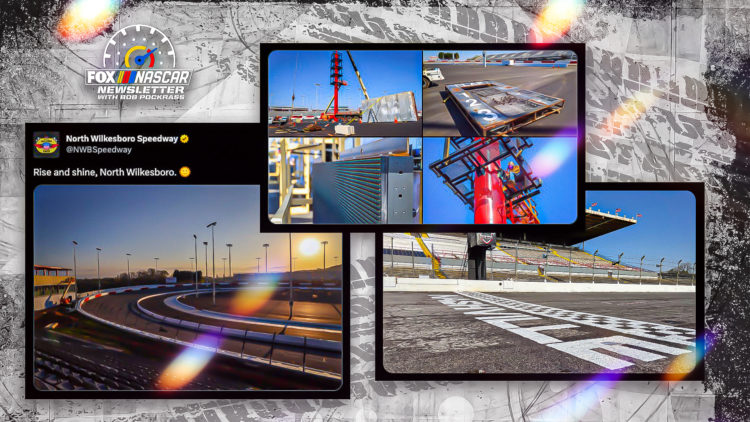

NASCAR track renovations at North Wilkesboro and Nashville in the spotlight
North Wilkesboro Speedway is close to being ready for the NASCAR All-Star Race. Nashville Fairgrounds Speedway is not close to being ready, but at least there has been some progress for a possible return to the Cup schedule.
Two former Cup tracks. Two very different projects and timelines for a return to Cup. So different that the only thing really in common is that they were former Cup tracks.
North Wilkesboro, a 0.625-mile oval which last hosted a Cup race in 1996, has been revitalized in a project primarily funded by $22 million in grants — $18 million from the American Rescue Plan and $4 million in additional state grants. It has had only occasional races since the Cup Series left and its resurrection is a mild surprise.
The proposed Nashville Fairgrounds project is a $116 million renovation to the 0.596-mile oval that requires extensive approvals from the city of Nashville, which owns the speedway. Final approvals won’t come for at least another three months and possibly longer, and only after much debate. The last Cup race there was in 1984; the last Xfinity race was in 2000. The track has remained in operation for local racing and regional series.
Looking for more NASCAR content? Sign up for the FOX Sports NASCAR Newsletter with Bob Pockrass!
Why the difference in their paths to returning to Cup? It comes down to ownership and the size of the projects for the most part.
Speedway Motorsports owns North Wilkesboro and worked with the county and state for the deal to revitalize the speedway. The improvements of the facility itself were paid for by $14 million of the $18 million in American Rescue Plan funding awarded to Choate Construction through the Wilkes County Commissioners.
ADVERTISEMENT
Speedway Motorsports had to go through the county for any renovations it planned on doing with money from the American Rescue Plan. With the money in hand to be allocated and knowing the all-star race was coming, the Wilkes County Commissioners were able to approve the contracts. The rural county, whose residents have often advocated for a return of NASCAR, was also able to handle an aggressive construction timeline as far as permits and approvals.
Here’s a sample of the renovations and costs of at least $400K in the contract:
–$3.089 million for electrical system and infrastructure
–$1.95 million for new lighting for the racetrack
–$1.095 million steel-and-foam energy-absorbing (SAFER) barriers around the 0.625-mile track
–$967K for paving areas of the infield
–$801K for steel for new structures
–$539K for heating and air conditioning in buildings
–$498K for concrete
–$482K for glass and glazing for the suites, race control, etc.
Of the $14 million, the construction company has either paid for or allotted for all but $56,000 in the rush to get the project completed.
Drivers tested on the track a couple of weeks ago. After some late-model races on the track last year, Speedway Motorsports made the decision not to repave the track, only pit road.
“I went out there and just went right to ripping laps — 20-lap run in the [Cup] car,” said Tyler Reddick, one of the drivers who tested. “It doesn’t seem like a track that sat that long.”
Harvick talks North Wilkesboro
Kevin Harvick shares his excitement about bringing back the No. 29 car one last time at the North Wilkesboro All-Star Race.
The track will bring in some temporary seating for a capacity of about 25,000 for the all-star race.
NASCAR will announce the format for the all-star race Thursday night.
At the other track, Nashville Fairgrounds, Speedway Motorsports is involved but in a much different way.
The city owns the racetrack with its operations overseen by the Nashville Fair Board. The board has contracted in recent years with Track Enterprises, a division of Spire Sports and Entertainment, to operate the facility.
But it is in need of a major renovation, and the Fair Board is obligated, because of a vote more than a decade ago on the fairgrounds and operations where 71% of the public voted to keep the track in operation and to renovate it at some point.
Speedway Motorsports, through Bristol Motor Speedway, has proposed to take over the renovations and operations. The renovation deal would require $97.26 million in bonds to be paid off primarily by Bristol paying a lease and then giving the city a percentage of revenues from track operations over the next 30 years.
In addition to the $100 million in bonds, there would be $34 million in additional funding — $17 million from the state and $17 million from the city’s convention bureau to have events there. Bristol will contribute $2 million to the design phase.
There would be an obligation to have a Cup event at least 15 times over the 30 years of the operation agreement. Where that event would come from is still to be decided. For what it’s worth, there is no obligation for Speedway Motorsports to continue with a Cup event at North Wilkesboro beyond this year.
The debate at the Fair Board level lasted more than a year and barely passed 3-2 last month. The main vibe from those who voted for it was that it fulfilled the obligation to continue the track operations with the hopes that there is no cost to taxpayers. But there’s an obvious risk because it relies on the revenue generated by the facility to pay off the loans the city takes out for Speedway Motorsports to complete the renovations.
Fair Board chairwoman Sheri Weiner said there wasn’t the $41 million they needed to renovate the track to continue general racing and bring it up to Americans With Disability Act codes.
“If the proposal fails, then here’s what happens: Sound volumes are unlivable and our neighborhood families continue to suffer 44 days a year [from racing] and lose the opportunity for much-needed upgrades to the facility amidst NASCAR’s movement to include mufflers as they have in other cities, which is what we’ve been told they want,” Weiner said.
“My bigger fear is that somebody — a racer, a spectator or a bystander gets hurt — because we either didn’t or couldn’t make the recommended fixes to be safe or ADA-compliant. And [the city] loses out on additional revenues to offset higher tax rates as the cost of government increases.”
NASCAR celebrates 75th year
The Race Hub crew looks back at the most memorable moments in NASCAR history.
The proposals now must be approved by the Metro Council, which must have three readings of the bill with final approval after the third reading. That won’t happen at least until July and quite possibly August or September.
There is resistance based on two primary factors: An increased 30,000-seat venue is different than the current 12,000-seat venue and therefore will impact quality of life with more traffic and noise; and that the deal has too much risk for the city to be on the hook for the loans if revenue projections aren’t met during Bristol’s operations of the track.
Fair Board member Mario Avila, in voting against the deal, said he hoped the Metro Council could work through what he felt were deficiencies in the deal, and he hoped his sons could eventually attend races.
“I don’t think the deal is the right deal for the city,” Avila said. “I don’t think we have done the right job of including our community and discussion. … It’s about the impact to this community, the impact to our kids the next 30 years.”
The renovation is much more extensive than that of North Wilkesboro with a new repave of the track, the building of new grandstands, a sound wall and additional infrastructure.
In fact, it is so extensive that there is debate on how many votes will be needed from the Metro Council, which also is trying to navigate a new state law that could reduce its membership from 40 to 20. A renovation would require a simple majority (21 votes if the membership remains at 40) while a total reconstruction could need two-thirds (27 if the membership remains at 40) if it is considered a new facility.
There is a bill in the Tennessee legislature that would define a simple majority as being needed for renovations or “the demolition and replacement of existing facilities.” That bill is currently winding its way through legislative committees.
What To Watch For
Dirt racing, by its nature, is a little more unpredictable because the track conditions play so great a role. The track can be very different one stage to the next or at least one day to the next — let alone one year to the next.
So looking at past Bristol Motor Speedway dirt races will give only a little bit of an idea of who will run well on Sunday night (7 p.m. ET on FOX).
Some will always point to drivers with more dirt experience, but the suspension in most dirt race cars are designed to take maximum benefit from sliding in the turns.
A Cup car and a truck do not. NASCAR does not allow them to alter the suspension so that they can make a strong slide and recover.
Watch for drivers and how they change their lines during the race. Also, watch for any drivers staying out after the second stage for track position but then needing cautions in the final stage if they want to not run out of gas. They can’t take gas except at the stage breaks or else it is a penalty for improper fueling.
Thinking Out Loud
It is disappointing that NASCAR couldn’t figure out a way to remove the windshields for the Cup and truck events this weekend at Bristol.
That’s not to say NASCAR made a bad decision. It’s just frustrating that it can’t find a screen it feels comfortable with from a safety and visibility standpoint.
NASCAR race cars and trucks are heavier than a dirt late model (3,450 pounds vs 2,350 pounds) and have more pieces, meaning there is more of a chance of a piece or tungsten to come off the car. That would mean a better chance of a part or piece flying through the front screen if there were no windshields.
That means a thicker material would be needed than what a dirt late model has when it comes to the screen. The thicker the material, the potential less visibility through the screen.
Why is a windshield bad? Because NASCAR can’t make the track as wet/muddy as what might be best because mud would stick to the windshield.
This is one of those instances where NASCAR can’t try something to see if it works. It needs to have confidence in the solution. With the focus in the last several months on the overall safety of the car, it’s reasonable to understand this wasn’t a high priority for one race.
But if NASCAR wants to continue to have dirt races, finding a screen that would work instead of a windshield would be a great thing for this event.
Weekly Power Rankings

They Said It
“Clearly he has been proving that he has the talent and the ability as well as the work ethic.” —Jeff Gordon on Josh Berry, who has filled in for an injured Chase Elliott
Bob Pockrass covers NASCAR for FOX Sports. He has spent decades covering motorsports, including the past 30 Daytona 500s, with stints at ESPN, Sporting News, NASCAR Scene magazine and The (Daytona Beach) News-Journal. Follow him on Twitter @bobpockrass, and sign up for the FOX Sports NASCAR Newsletter with Bob Pockrass.
Top NASCAR stories from FOX Sports:
CUP SERIES trending
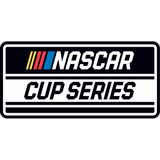
Get more from NASCAR Cup Series Follow your favorites to get information about games, news and more
Continue on NASCAR track renovations at North Wilkesboro and Nashville in the spotlight on Fox Sports.
+ Read more articles on Fox Sports
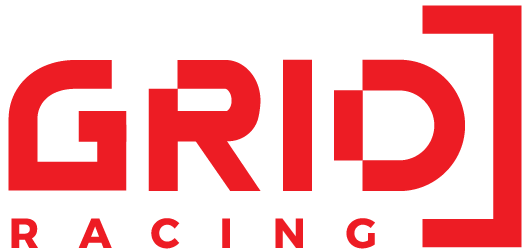
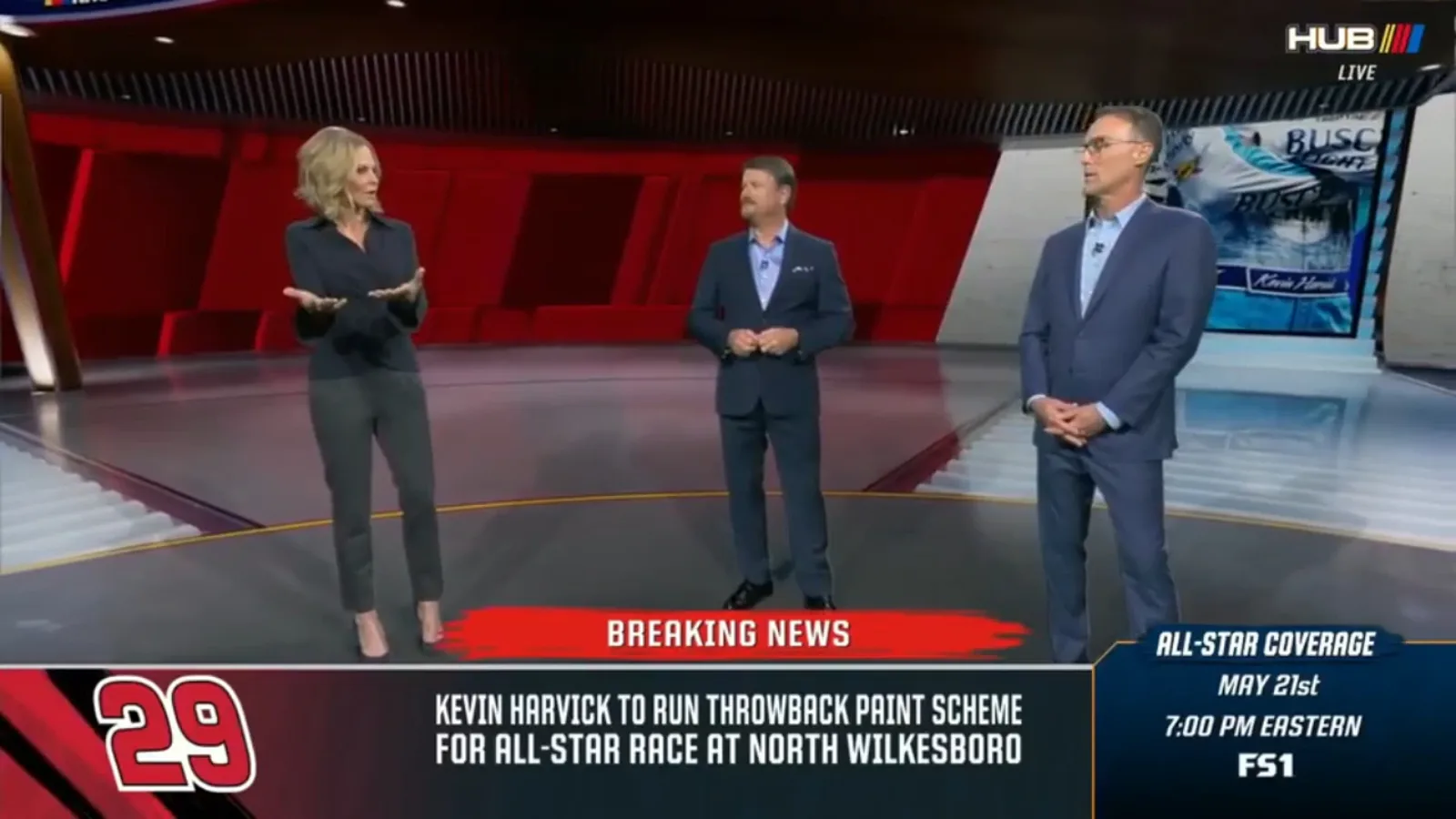
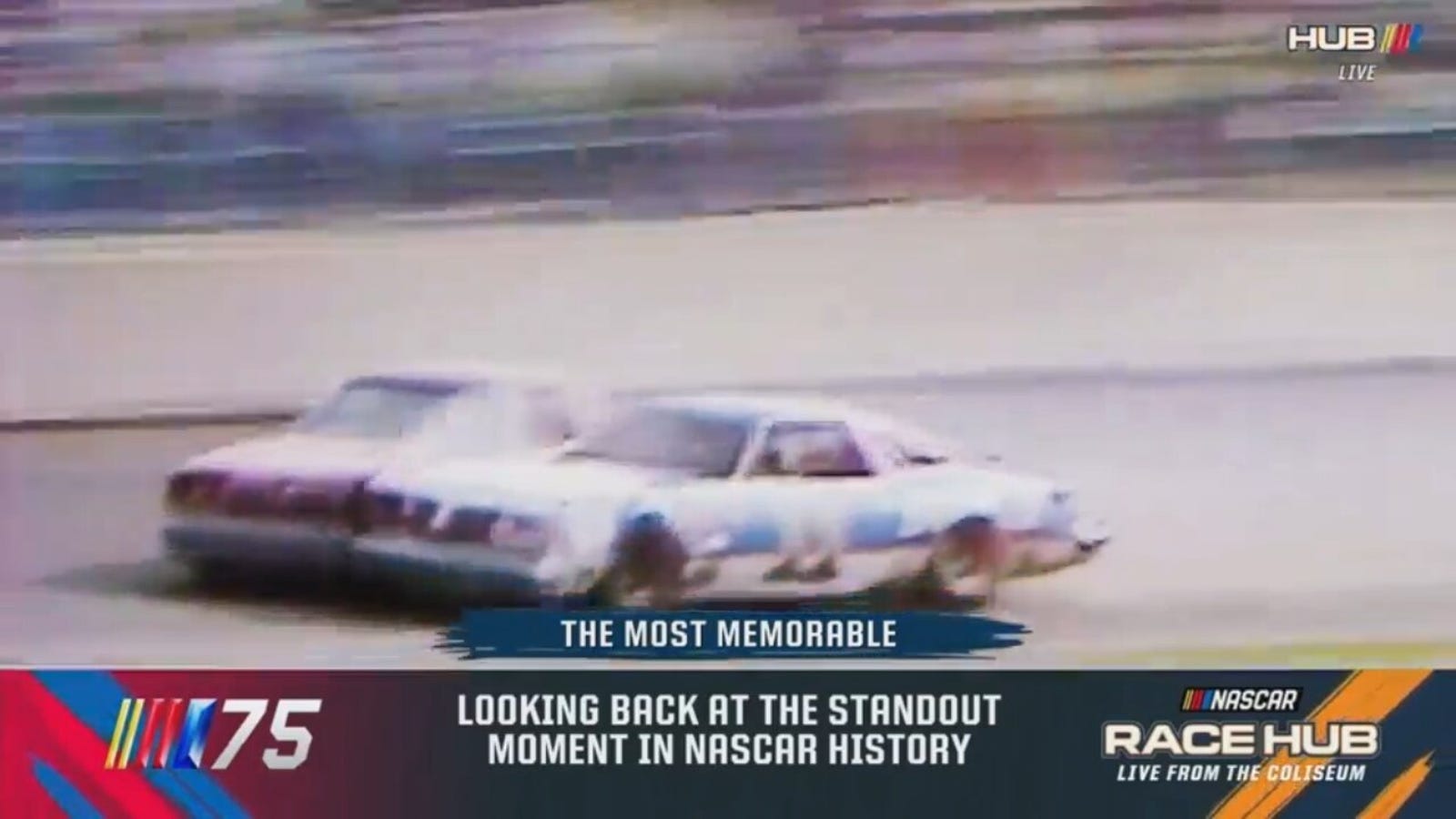

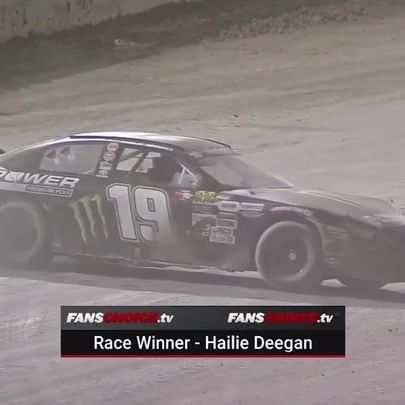
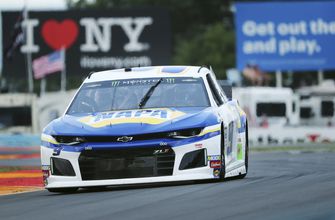




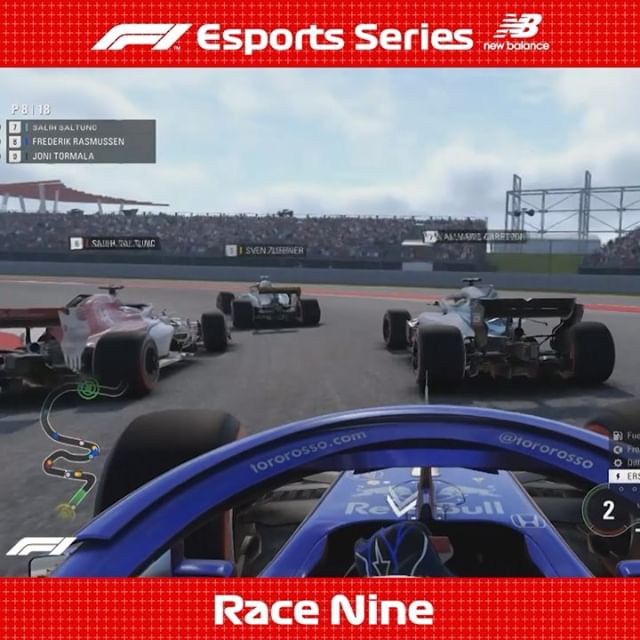


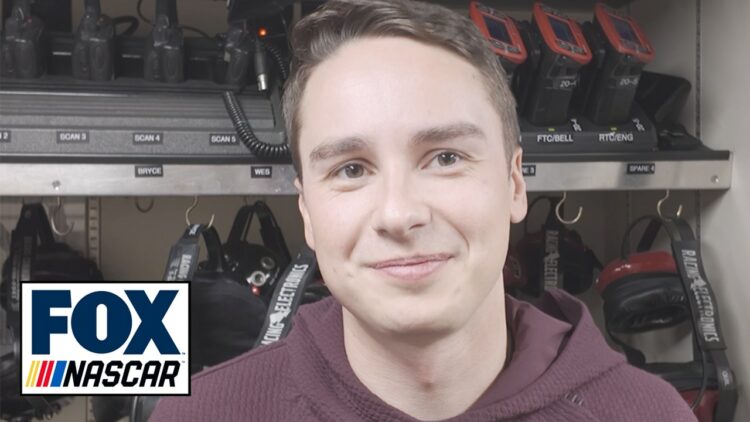
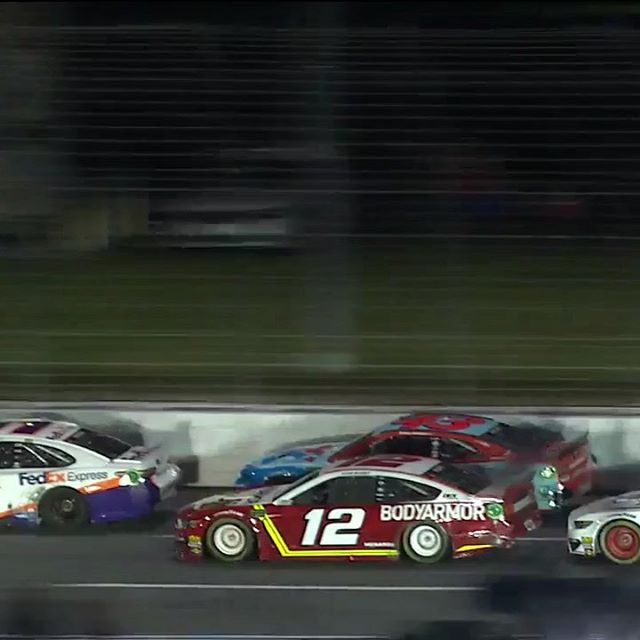
Leave a Comment